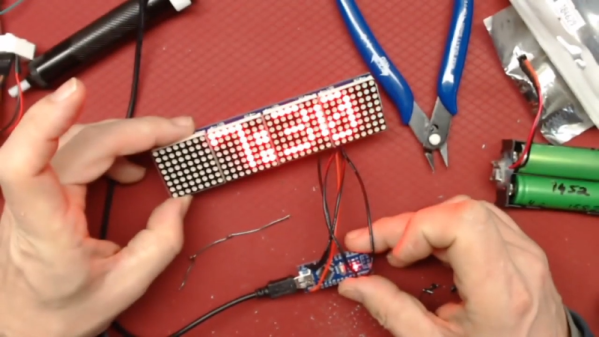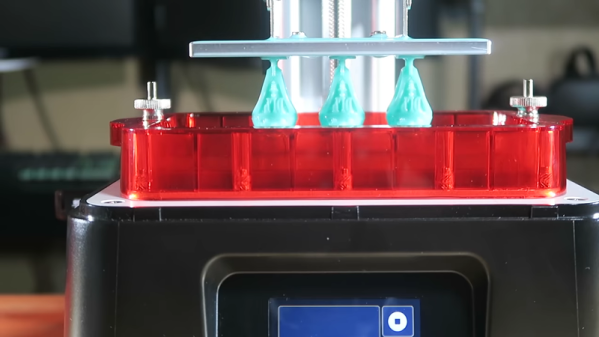First off this week, a ransomware named Robinhood has a novel trick up its sleeve. The trick? Loading an old known-vulnerable signed driver, and then using a vulnerability in that driver to get a malicious kernel driver loaded.
A Gigabyte driver unintentionally exposed an interface that allows unfettered kernel level read and write access. Because it’s properly signed, Windows will happily load the driver. The ransomware code uses that interface to turn off the bit that enforces the loading of signed drivers only. From there, loading a malicious driver is trivial. Robinhood uses it’s kernel-level access to disable anti-virus applications before launching the data encryption.
This is a striking example of the weakness of binary signing without a mechanism to revoke those signatures. In an ideal world, once the vulnerability was found and an update released, the older, vulnerable driver would have its signature revoked.
The last Windows 7 Update For Real This Time, Maybe
More news in the ongoing saga of Windows 7/Server 2008 reaching end-of-life. KB4539602 was released this patch Tuesday, fixing the black background problem introduced in the last “final” round of updates. Surely that’s the last we’ll hear of this saga, right?
Not so fast. Apparently that patch has led to multiple Windows Server 2008 machines failing to boot after install. According to Microsoft, the problem is a missing previous patch that updates SHA-2 support. Continue reading “This Week In Security: Robinhood, Apple Mail, ASLR, And More Windows 7” →














